New Kindle Scribe crowns 15 years of evolution of Amazon’s e-reader
We review the latest and most sophisticated Kindle ever made, the Amazon Kindle Scribe, and look back over the device’s 15-year evolution and how it squares up to rivals like the reMarkable 2
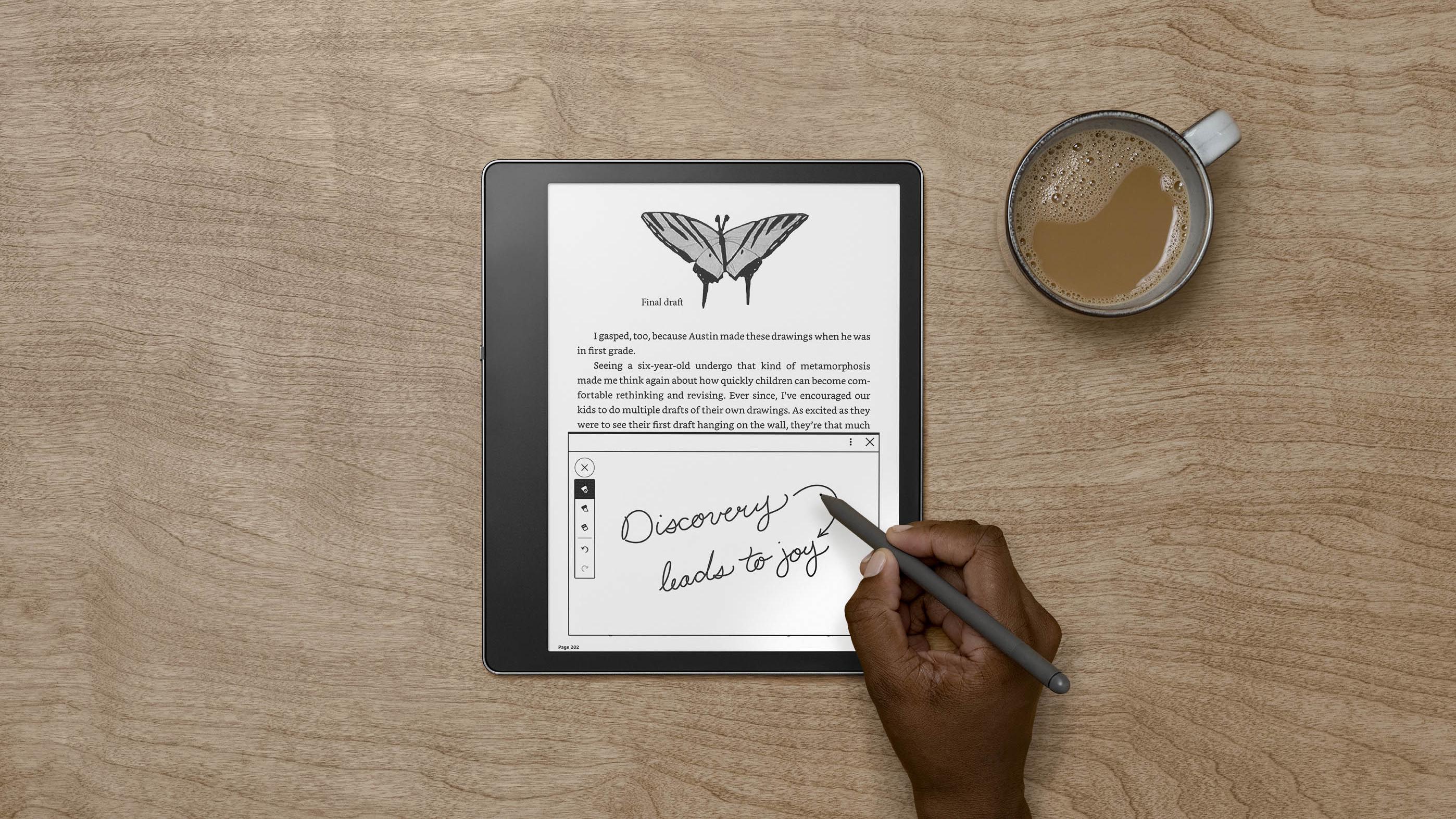
There are readers who haven’t picked up a book in over a decade. What made the e-reader possible was e-ink. Also known as electronic paper, this screen technology has been decades in development. An e-ink screen consists of microscopic capsules of dark and light pigments laid across a grid, The light pigment is positively charged, and the dark pigment negatively charged. Apply a positive charge to a grid square, and the light particle rises to the surface and vice versa.
E-ink’s advantages over a ‘traditional’ display screen technologies like LED, TFT, and LCD, are legion. For a start, it uses minimal power because the display is not emitting any light. Without power, the dark pixels simply stay in place, leaving the text or image on the screen. For readers, it was a game-changer – eye strain became a thing of the past as, although e-ink is not especially responsive (making swift changes between images and layouts impossible), it is perfect for text.
Amazon Kindle Scribe 2022
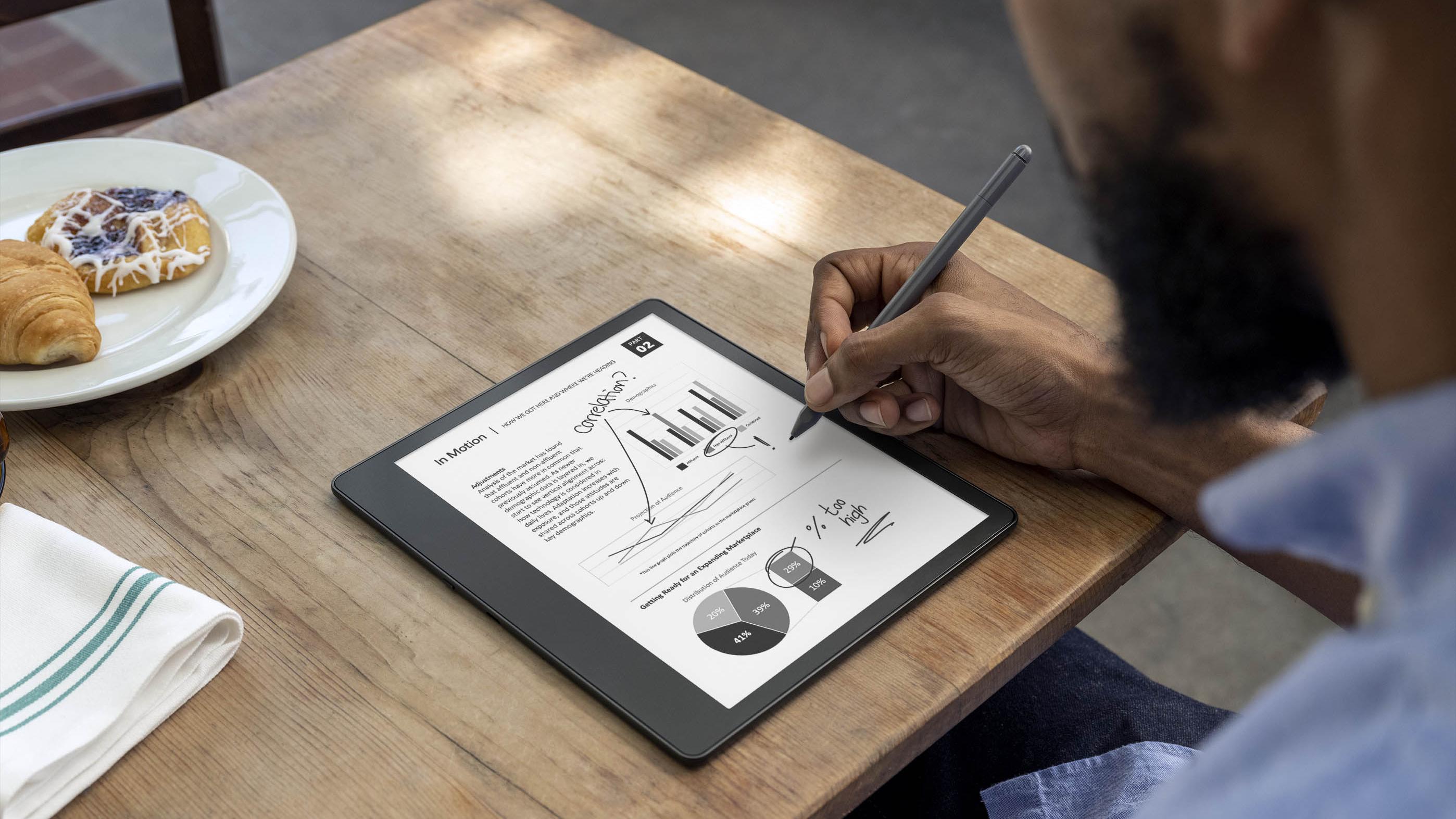
Amazon Kindle Scribe, 2022
The new Kindle Scribe is the newest and dearest version of Amazon’s own brand of e-readers. For the first time, the Kindle is available with a pen, hugely increasing the device’s function and flexibility. Kindle Scribe is first and foremost about the books and won’t be much use unless you indulge in some kind of Amazon subscription. However, even the premium Kindle Unlimited subscription isn’t an open gateway to the world’s printed matter, and there’s still lots of content that has to be paid for separately.
Confusingly, Unlimited allows for access to some, but not all, of the extensive Audible library (pair the device with Bluetooth headphones to listen to audio books), as well as a limited set of magazines. These are published as ‘Kindle editions’, which not only have to make the most of the black and white screen, but also lose a lot of their character and readability when text it rendered in large, unbroken chunks.
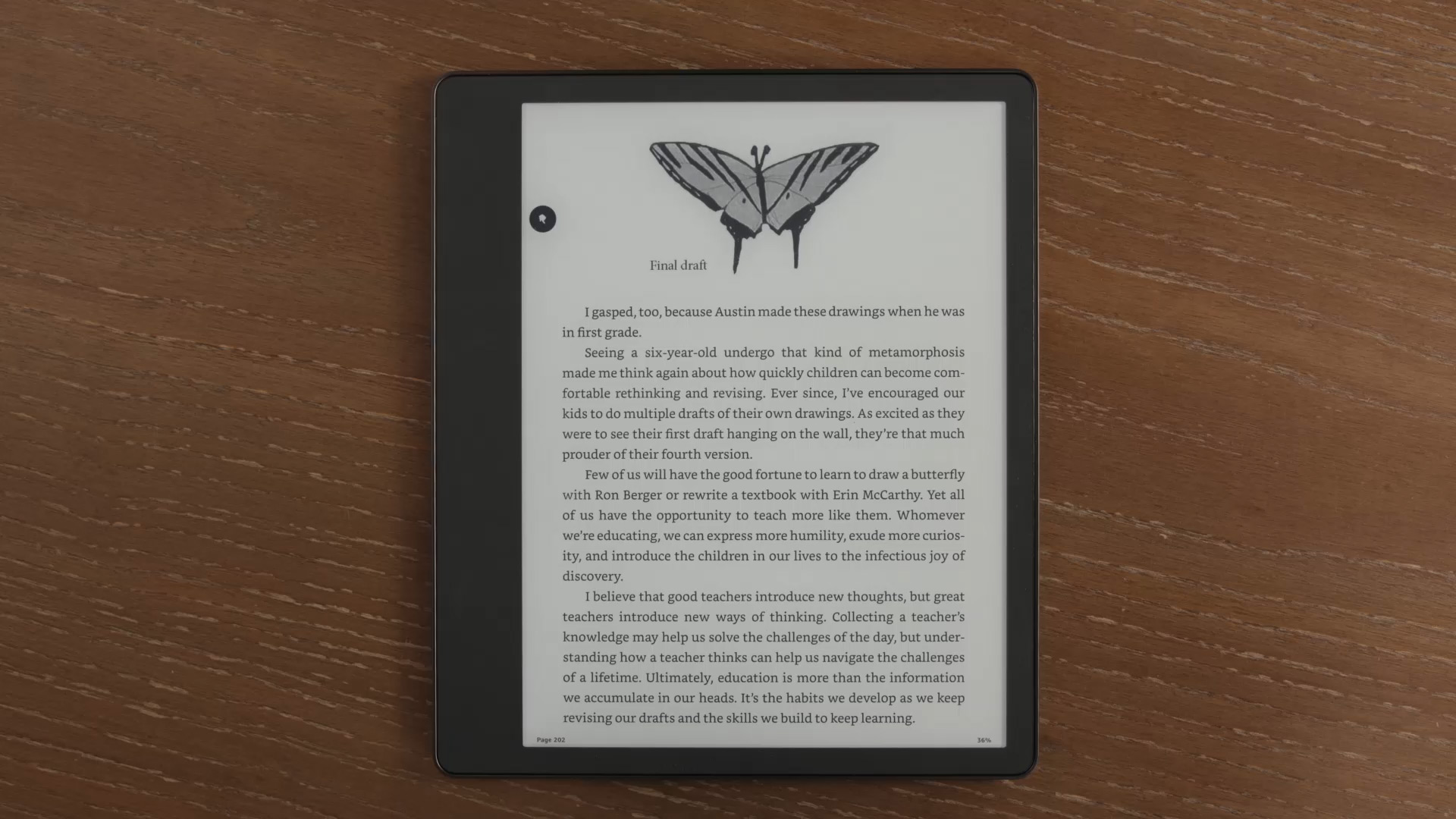
Amazon Kindle Scribe, 2022
As with all e-books, formatting can be an issue (typographers and graphic designers will be wincing), especially if you’re playing around with the 14 levels of font sizing. The deluge of self-published books that came with the Kindle’s launch (via Kindle Direct Publishing) further denigrated the art of book design. That being said, the Kindle has been a boon for the voracious reader, especially those less concerned with a book’s physicality and more with its content. A backlight means you can read in the dark, and you can also adjust the ‘warmth’ of the screen.
The Scribe’s Premium pen is pleasant to use and glides across the tablet’s surface. The Notebook function lets you create individual workbooks, with lined templates for diaries, notes, etc. The innovation isn’t Amazon’s, for e-ink pen input tablets are starting to proliferate. Right now, we’re regular users of the excellent reMarkable 2, and there’s also the app-enabled Boox NoteAir2 to consider.
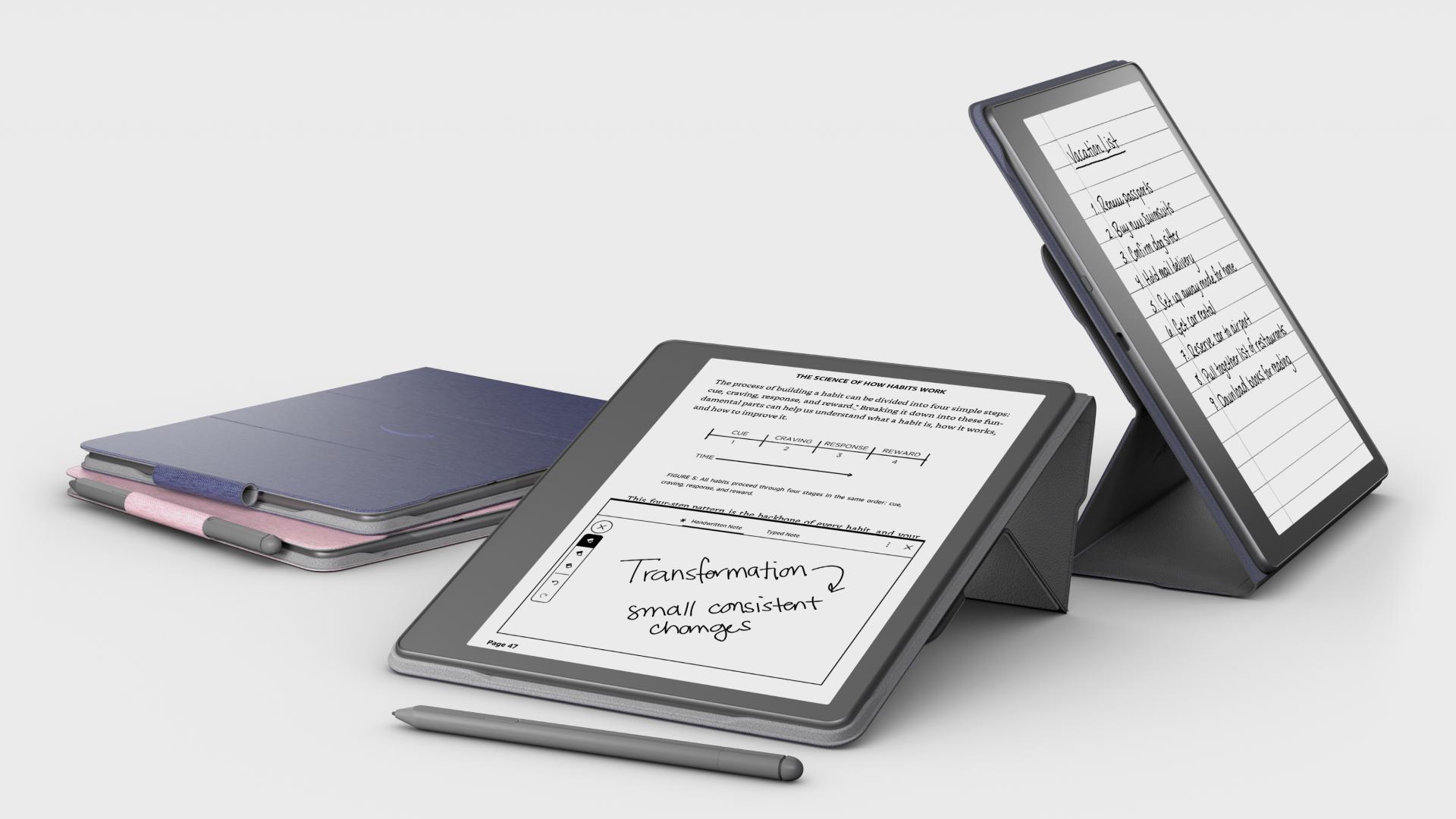
Amazon Kindle Scribe, 2022
Amazon Kindle Scribe 2022 versus reMarkable 2
What the Scribe gets right is having a case with a pen loop – the reMarkable’s magnetic clip is all very well but doesn’t stand up to being jostled around in a bag. If you don’t have the case (another optional extra), there’s a much more powerful magnet than the reMarkable to keep the stylus in place when not in use. Mercifully, the pens used by these devices are interchangeable and don’t require any charging of their own although they come with extra tips, as the stylus eventually needs replacing.
Wallpaper* Newsletter
Receive our daily digest of inspiration, escapism and design stories from around the world direct to your inbox.
To make the most of the Scribe’s 64GB storage, you’ll be entering a world of subscriptions and DRM (digital rights management). Power users will find ways of porting their libraries between devices without much hassle, but the Scribe favours the long-time Amazon user who can cope with immersion and co-operation with the company’s massive eco-system and all its probing tentacles.
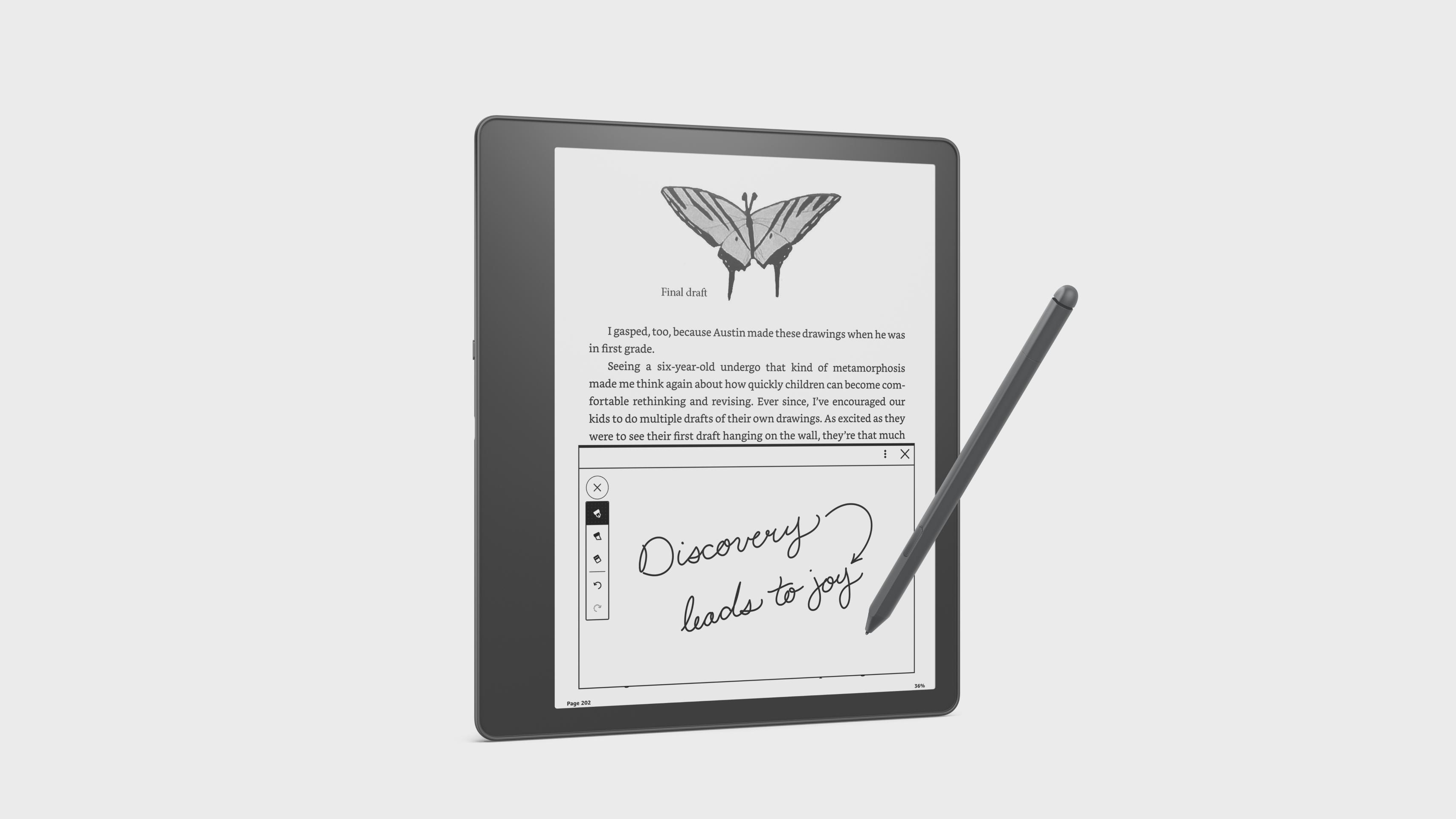
Amazon Kindle Scribe, 2022
In comparison, the reMarkable feels like a far more indie and standalone proposition. It also reads PDFs and e-books (in the widely used ePUB format), and you can scribble all over them to your heart’s content. You can do the same with the Scribe, although it won’t let you deface e-books, only add jottings to ‘sticky notes’.
The ReMarkable is first and foremost a note-taking device, not something to read on. Artists will enjoy its wider variety of ‘pen’ types, which include calligraphic writing modes, pencils, and markers, while the screen is slightly coarser and more paper-like, creating a realistic bit of resistance to the nib.
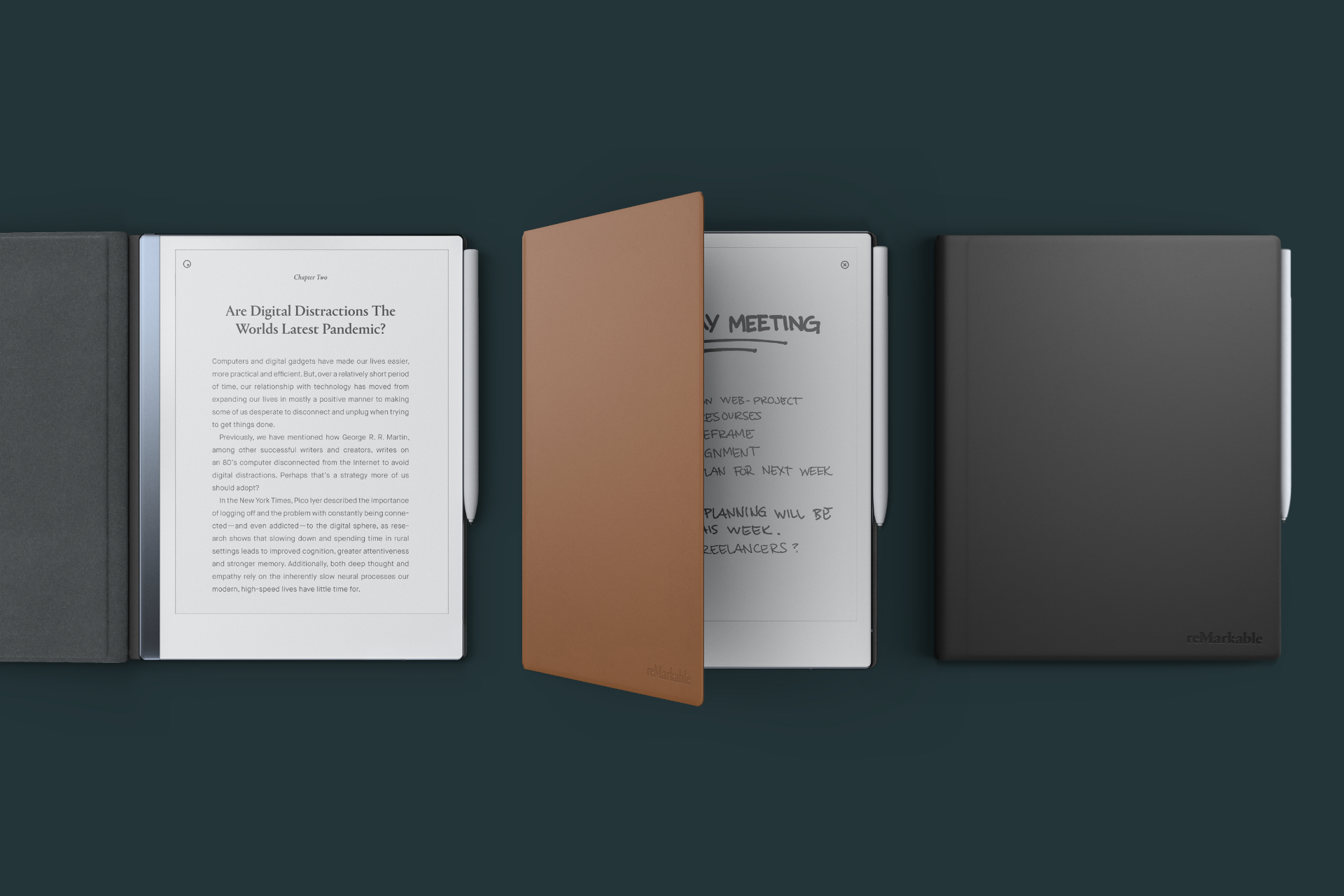
reMarkable 2 tablet
Both offer a premium experience, but obsessive jotters will have more affinity with the reMarkable’s very analogue feel. The Scribe, on the other hand, takes e-readers to a new level of sleek sophistication.
Amazon Kindle Scribe, £359.99 (16GB model, including Premium pen), Amazon.co.uk
reMarkable 2 (includes Marker Plus and leather folio), £557, reMarkable.com
A short history of the Kindle
Fifteen years ago, in November 2007, Amazon launched the very first Kindle. Over the years, the company has managed to eke a huge number of variants out of what is essentially a very simple form factor. There’s still a veritable bookshelf of Kindle options, including models pitched at younger readers and the Paperwhite line, a more compact, not-quite-pocketable device that is more akin to a paperback book, with a screen that further refined e-Ink to make it ever more paper-like.
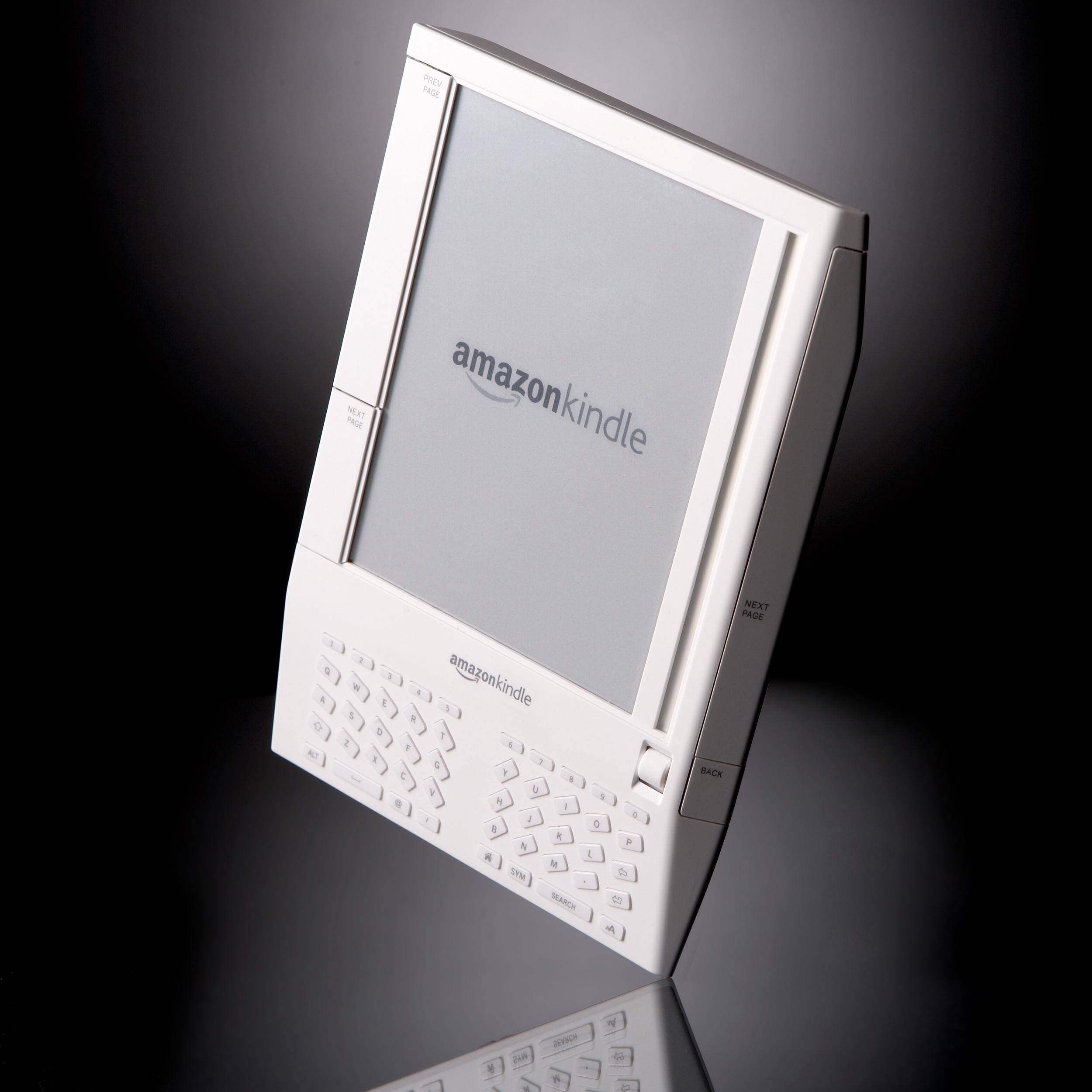
The original Kindle was a chunky, faceted device that came with a built-in keyboard and a big physical button to move to the next page. Amazon’s entire stock sold out within five and a half hours of launch
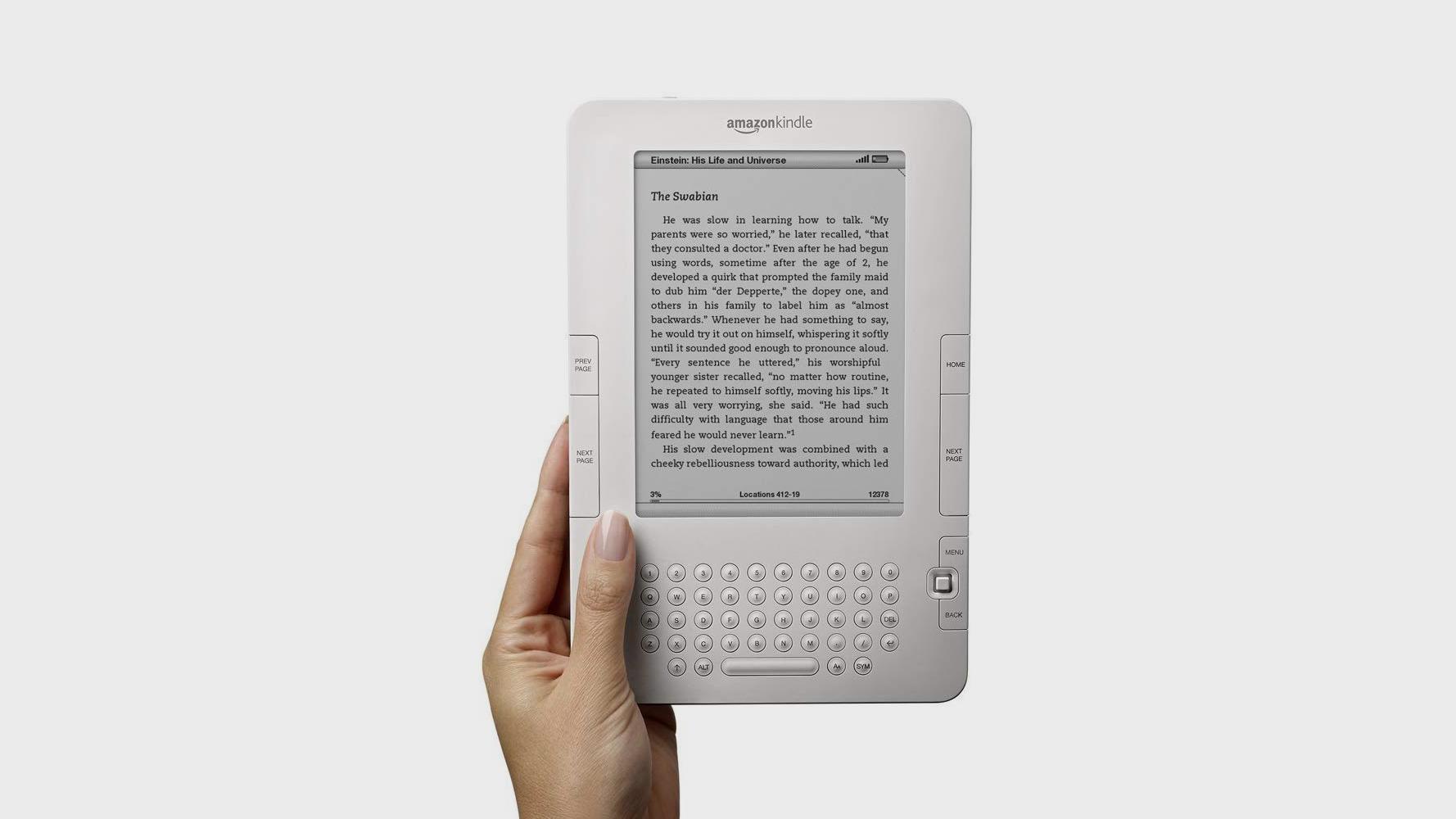
Kindle 2, launched in 2009, refined the design but retained the keyboard. It added text to speech so it could read books and memory expanded to 2GB.
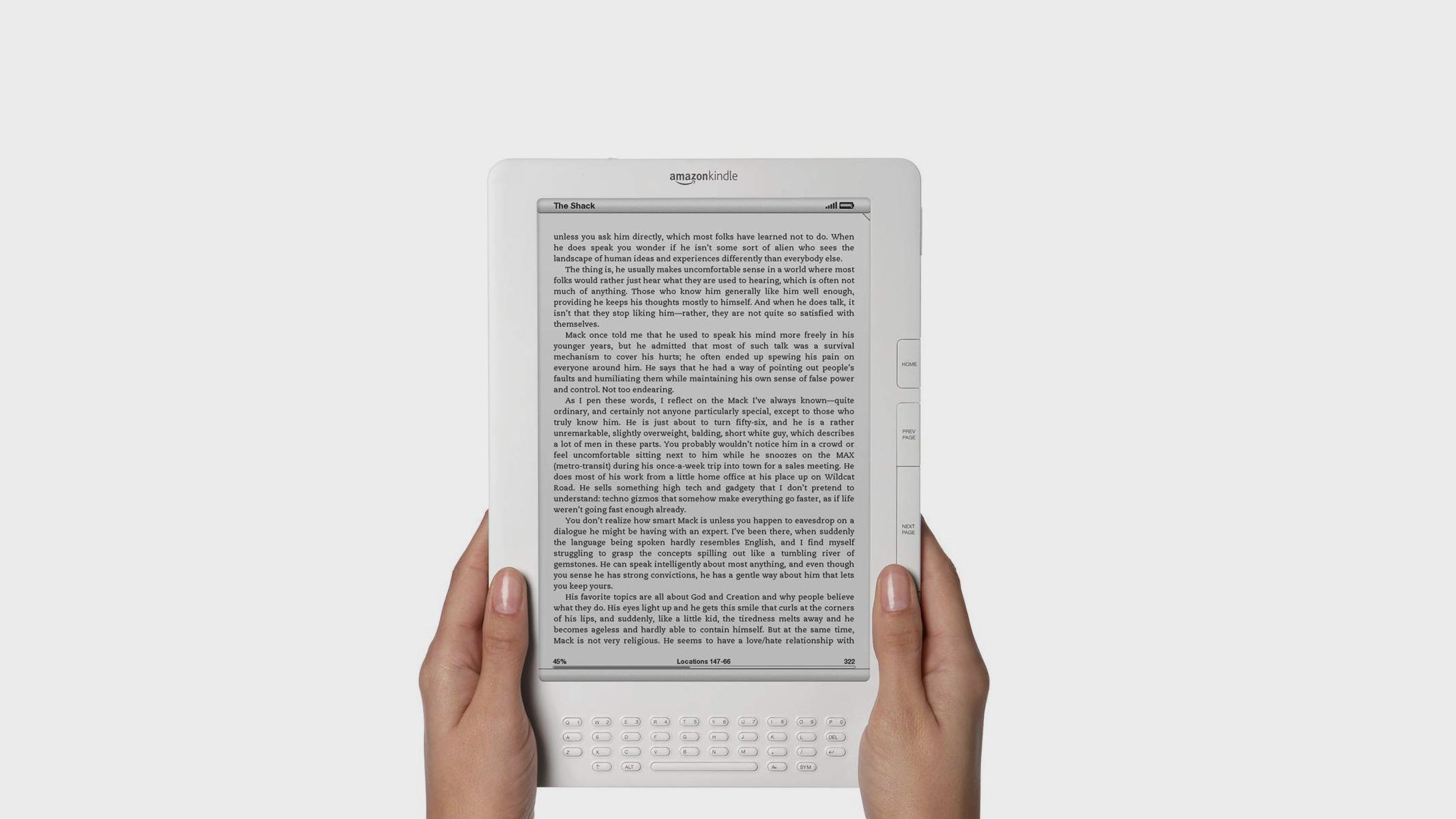
The Kindle DX followed later the same year, with a larger screen.
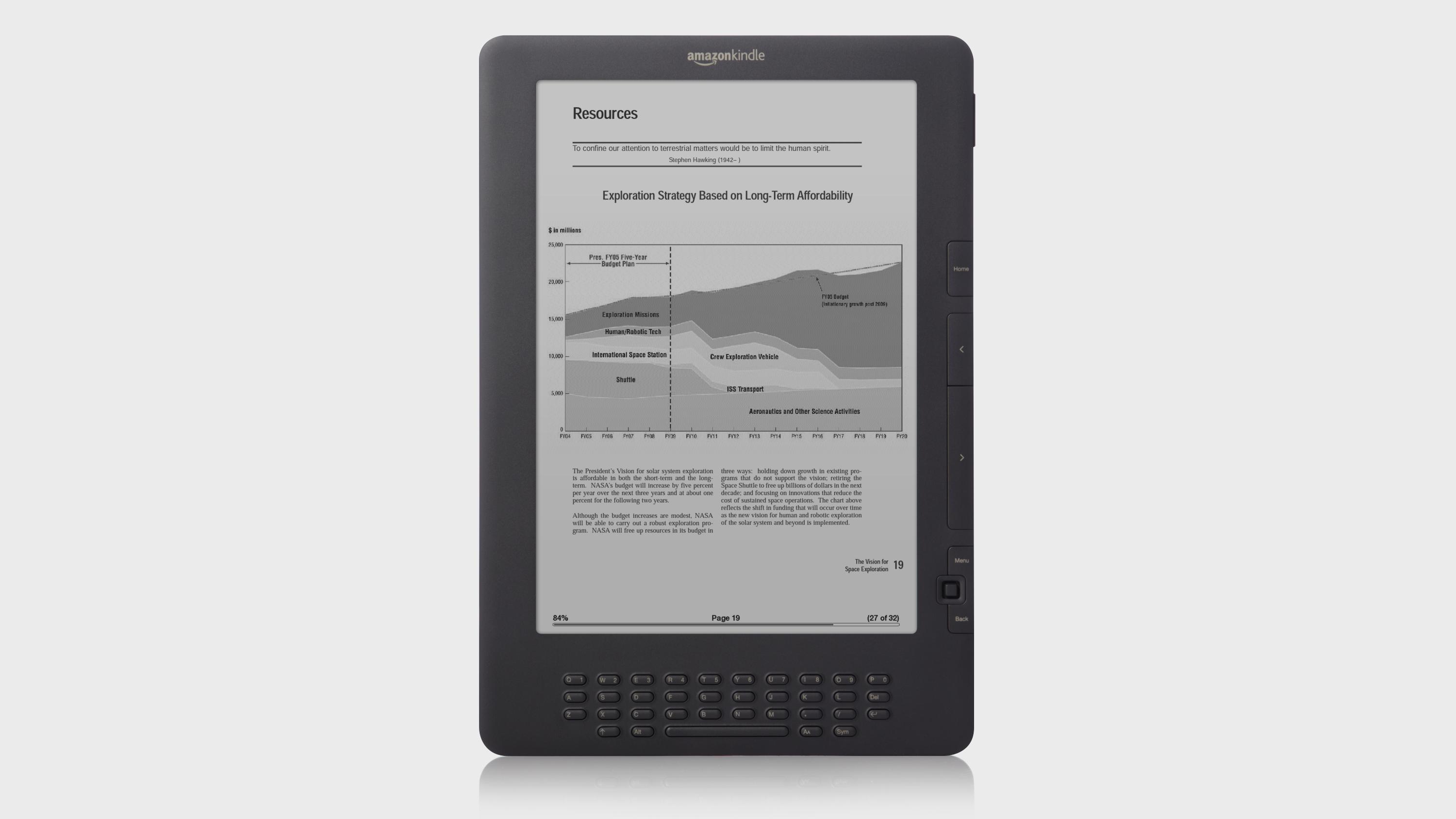
In 2010, the DX was upgraded with richer screen contrast and a new dark finish. The keyboard was still an integral part of the Kindle experience, although less and less people were actually using it.
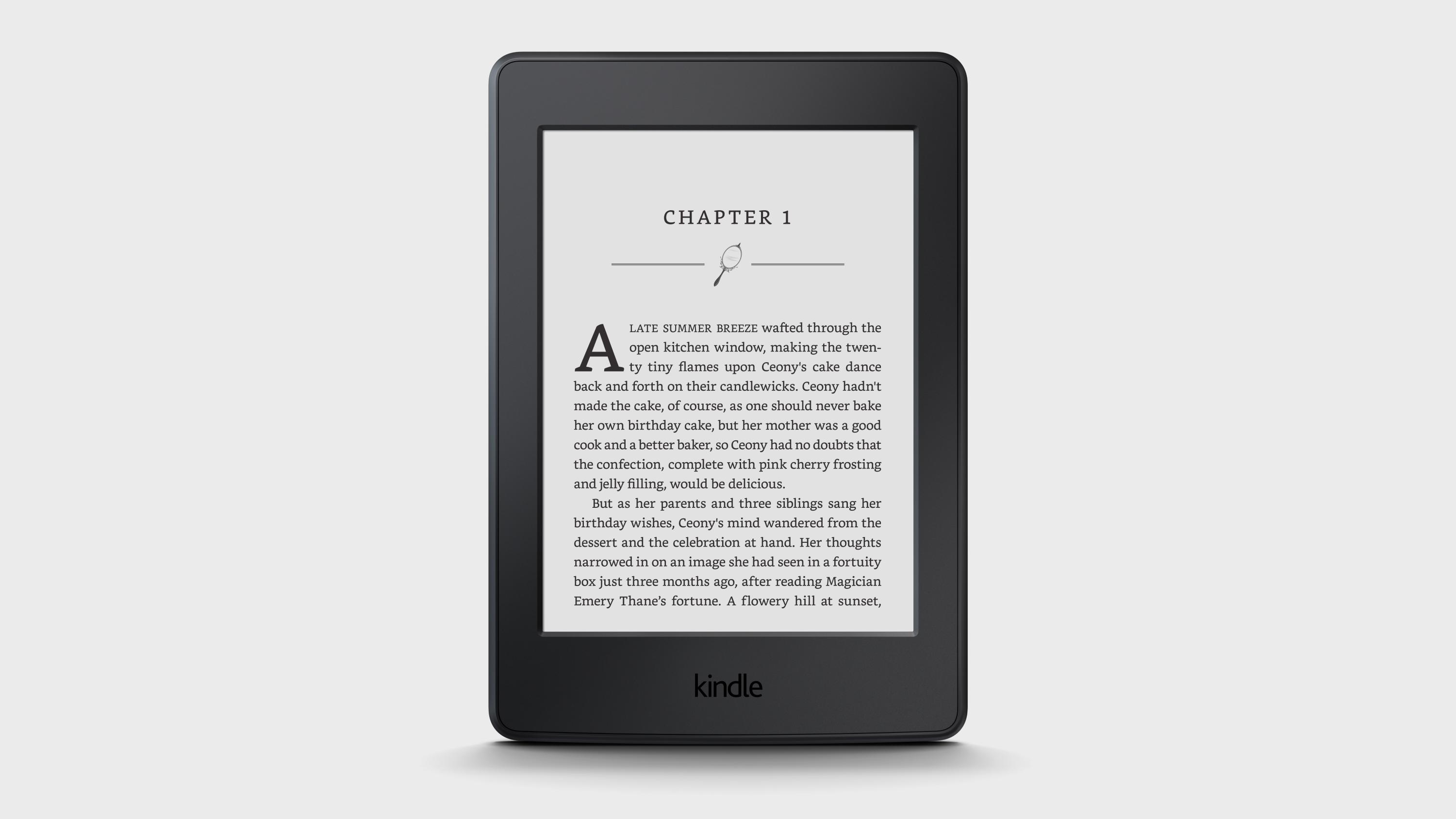
The Kindle Paperwhite debuted in 2012, and this example is from 2015, the year Amazon introduced a dedicated e-reader font (Bookerly) to make the most of the denser, higher resolution screen.
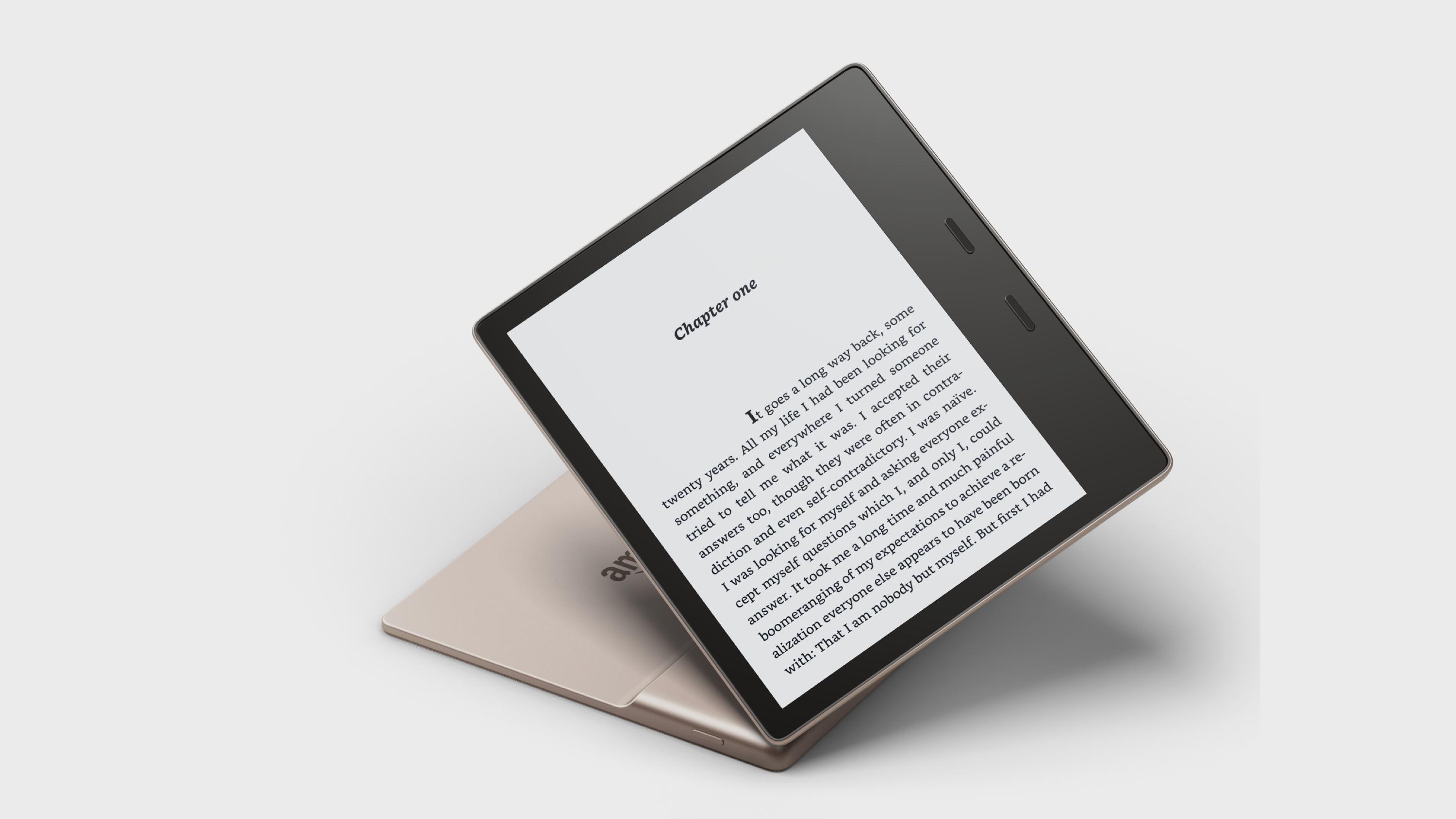
The Kindle Oasis was the eighth-generation Kindle model when it debuted in April 2016. This example, from 2018, showcases the ultra-light, thinnest model to date.

The Kindle Kids line debuted in 2019 with a set of unique covers and bundled subscription to 1,000 books.
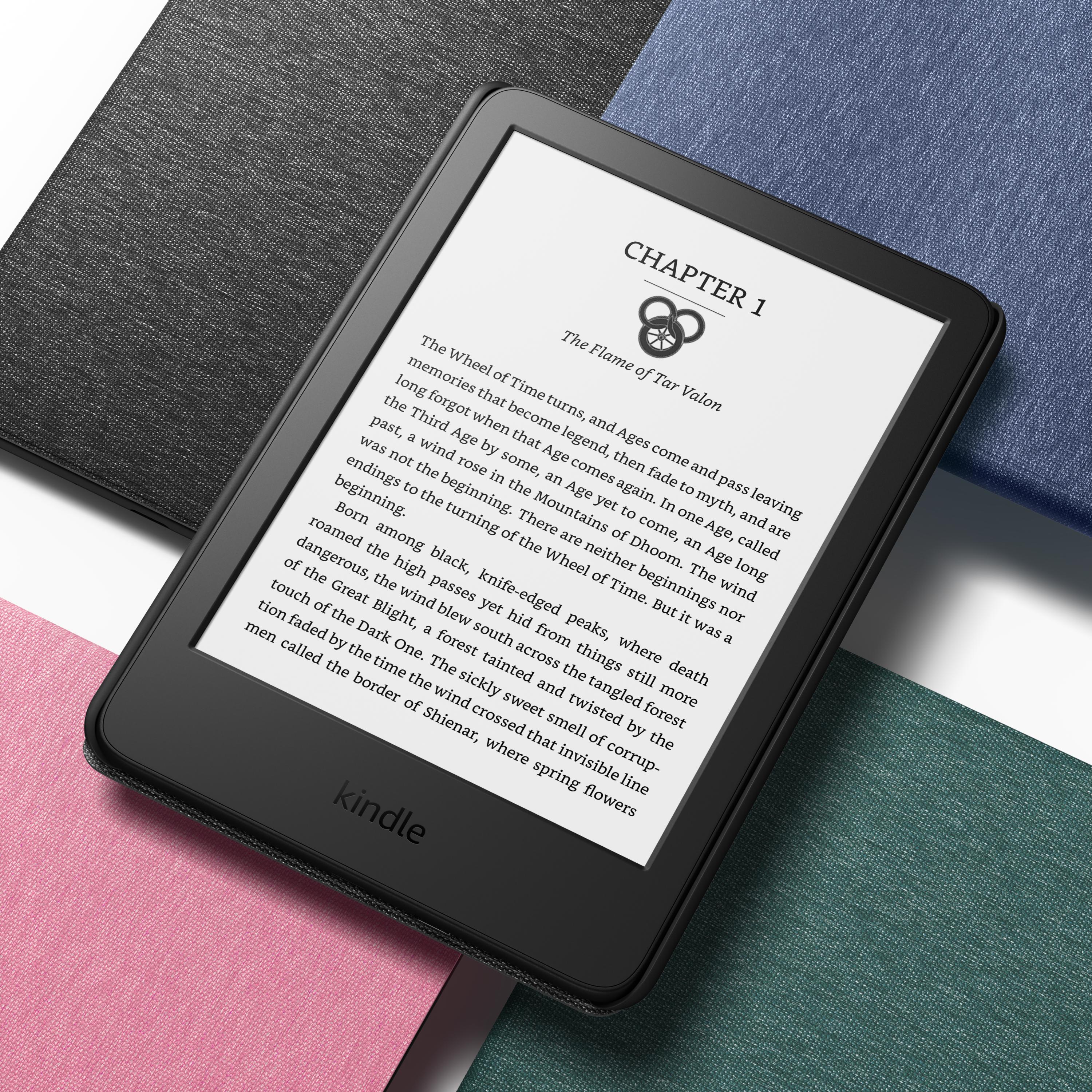
The standard Kindle, 2022 edition, is light and compact. Masochists can order a slightly cheaper model that serves up adverts on the lock screen.
Jonathan Bell has written for Wallpaper* magazine since 1999, covering everything from architecture and transport design to books, tech and graphic design. He is now the magazine’s Transport and Technology Editor. Jonathan has written and edited 15 books, including Concept Car Design, 21st Century House, and The New Modern House. He is also the host of Wallpaper’s first podcast.
-
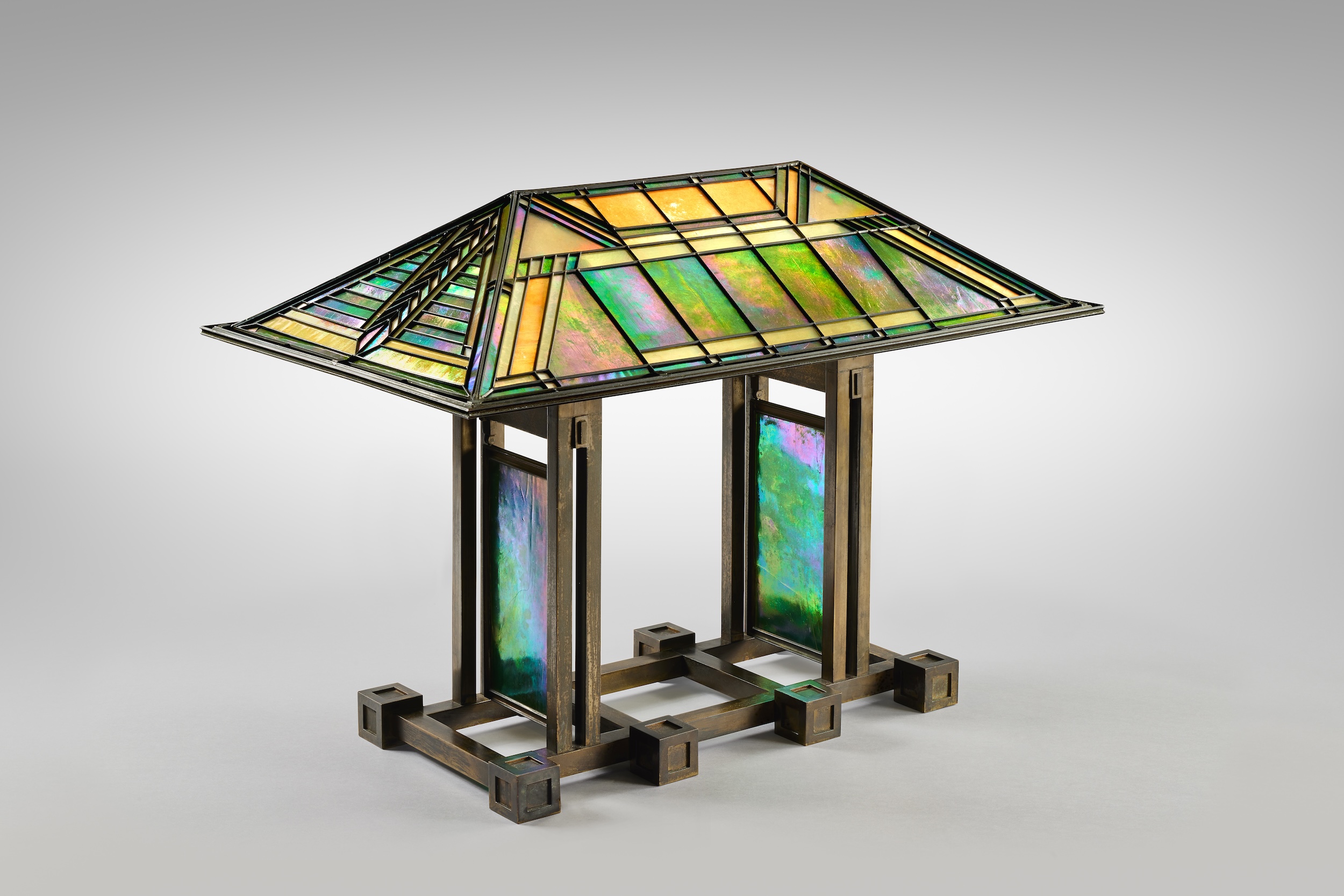 Sotheby’s is auctioning a rare Frank Lloyd Wright lamp – and it could fetch $5 million
Sotheby’s is auctioning a rare Frank Lloyd Wright lamp – and it could fetch $5 millionThe architect's ‘Double-Pedestal’ lamp, which was designed for the Dana House in 1903, is hitting the auction block 13 May at Sotheby's.
By Anna Solomon
-
 Naoto Fukasawa sparks children’s imaginations with play sculptures
Naoto Fukasawa sparks children’s imaginations with play sculpturesThe Japanese designer creates an intuitive series of bold play sculptures, designed to spark children’s desire to play without thinking
By Danielle Demetriou
-
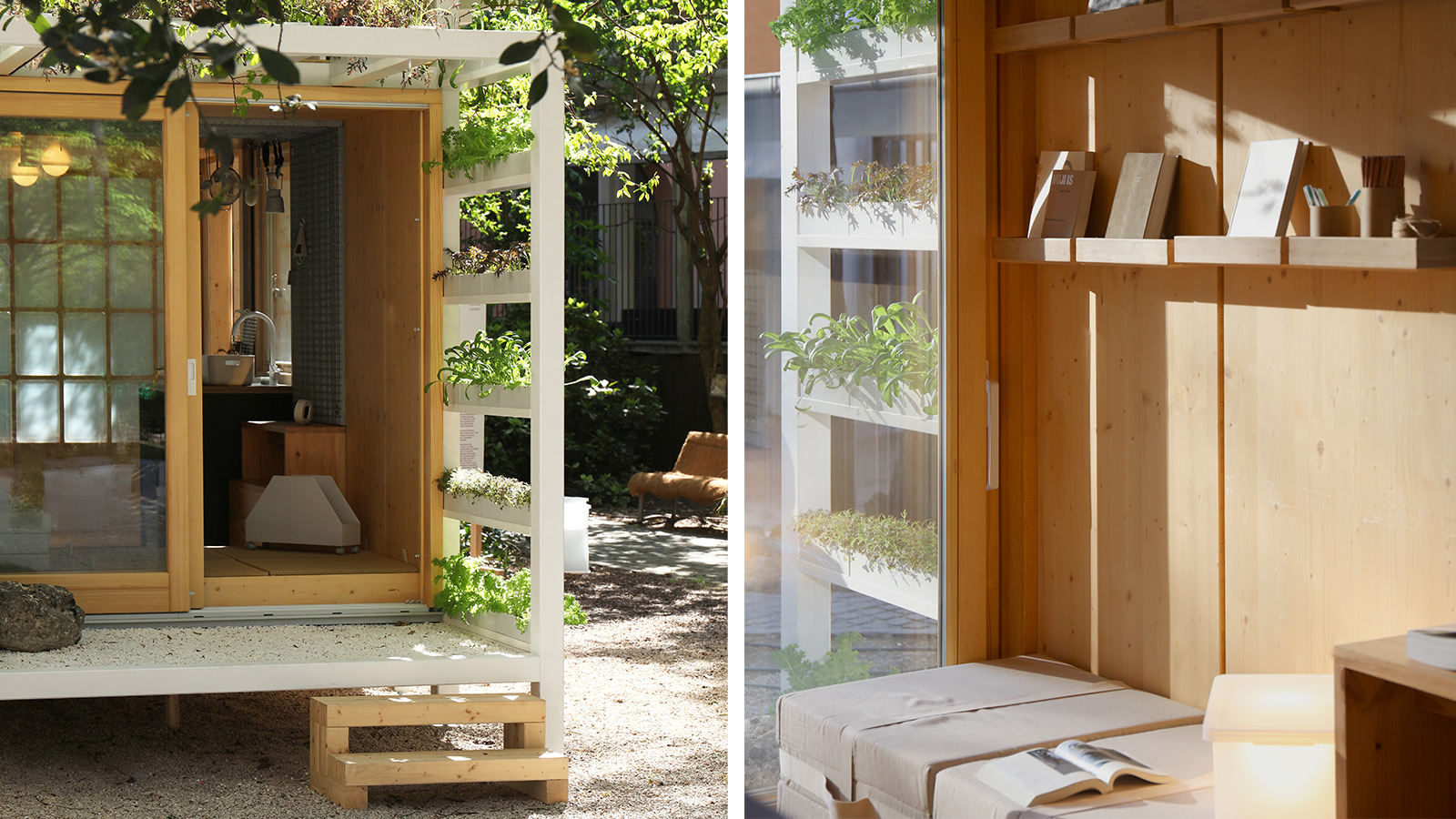 Japan in Milan! See the highlights of Japanese design at Milan Design Week 2025
Japan in Milan! See the highlights of Japanese design at Milan Design Week 2025At Milan Design Week 2025 Japanese craftsmanship was a front runner with an array of projects in the spotlight. Here are some of our highlights
By Danielle Demetriou
-
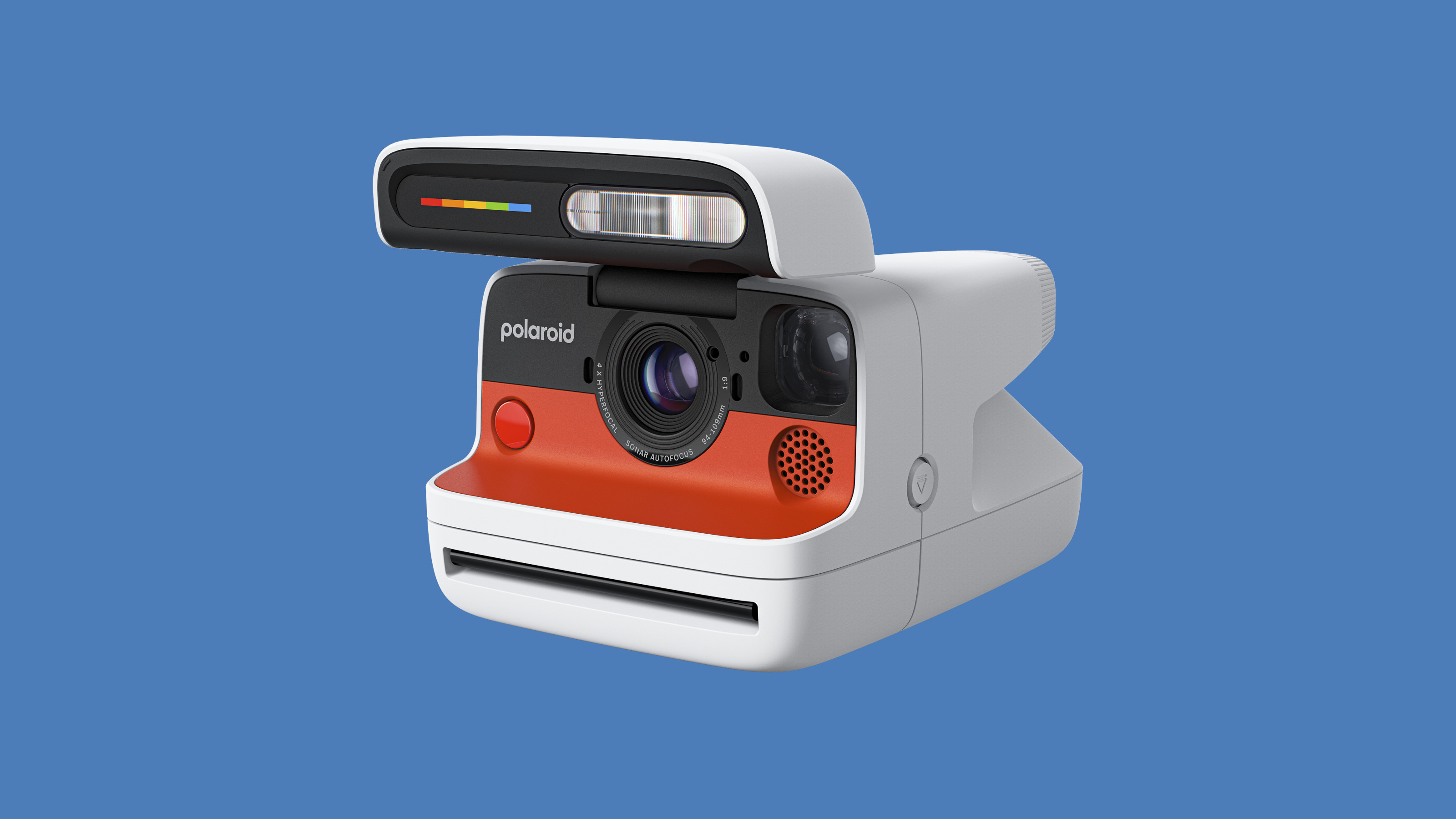 The new Polaroid Flip unfolds to bring you pin-sharp instant photography
The new Polaroid Flip unfolds to bring you pin-sharp instant photographyPolaroid announces the Flip, an instant camera that blends its evergreen film technology with better results and more control
By Jonathan Bell
-
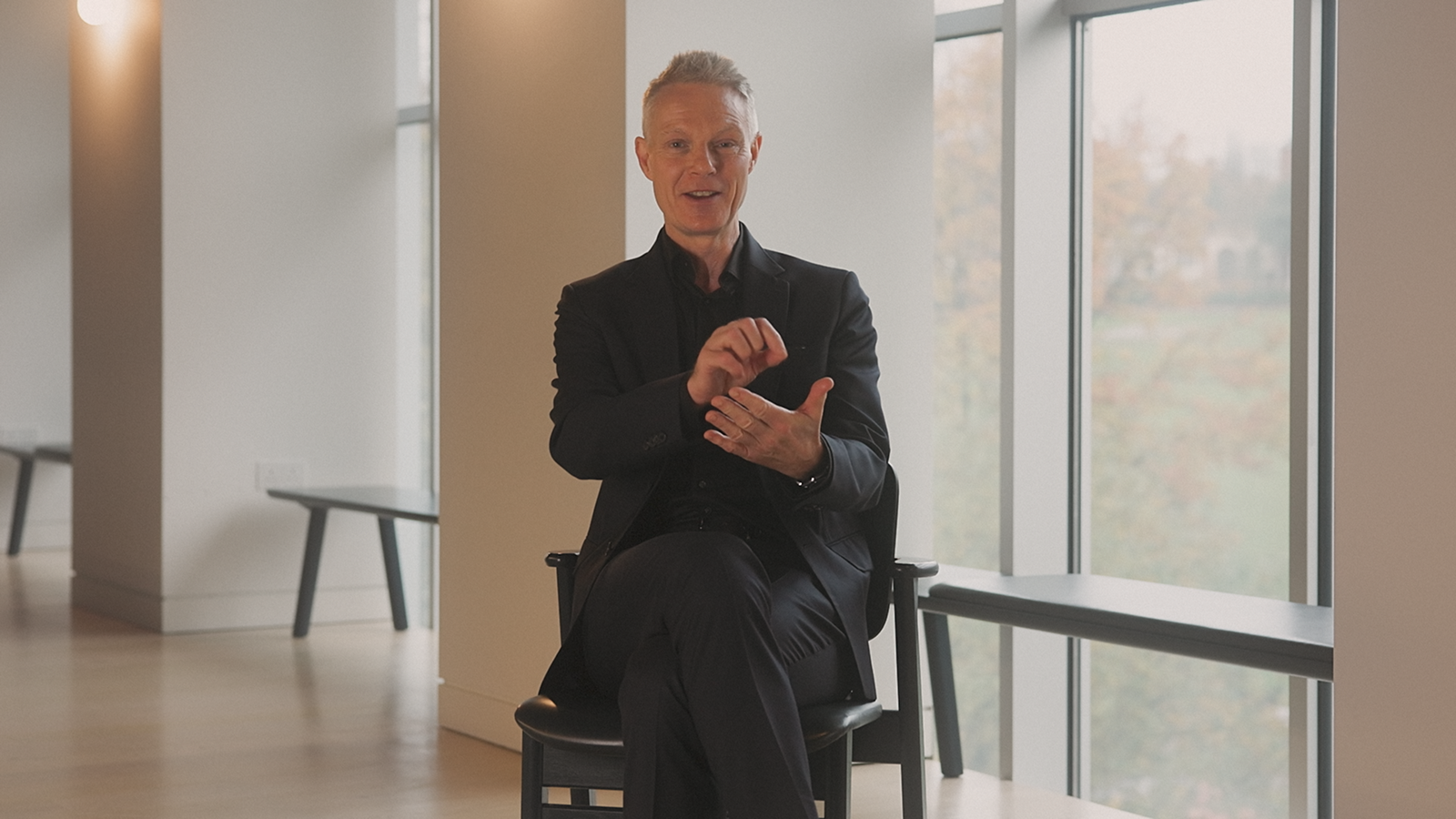 Could putting pen to reMarkable’s Paper Pro tablet make you more creative and less stressed?
Could putting pen to reMarkable’s Paper Pro tablet make you more creative and less stressed?Design Museum director Tim Marlow extols the power of ‘scribbling’, and is backed up by new research from reMarkable on the benefits of its paper tablet
By Simon Mills
-
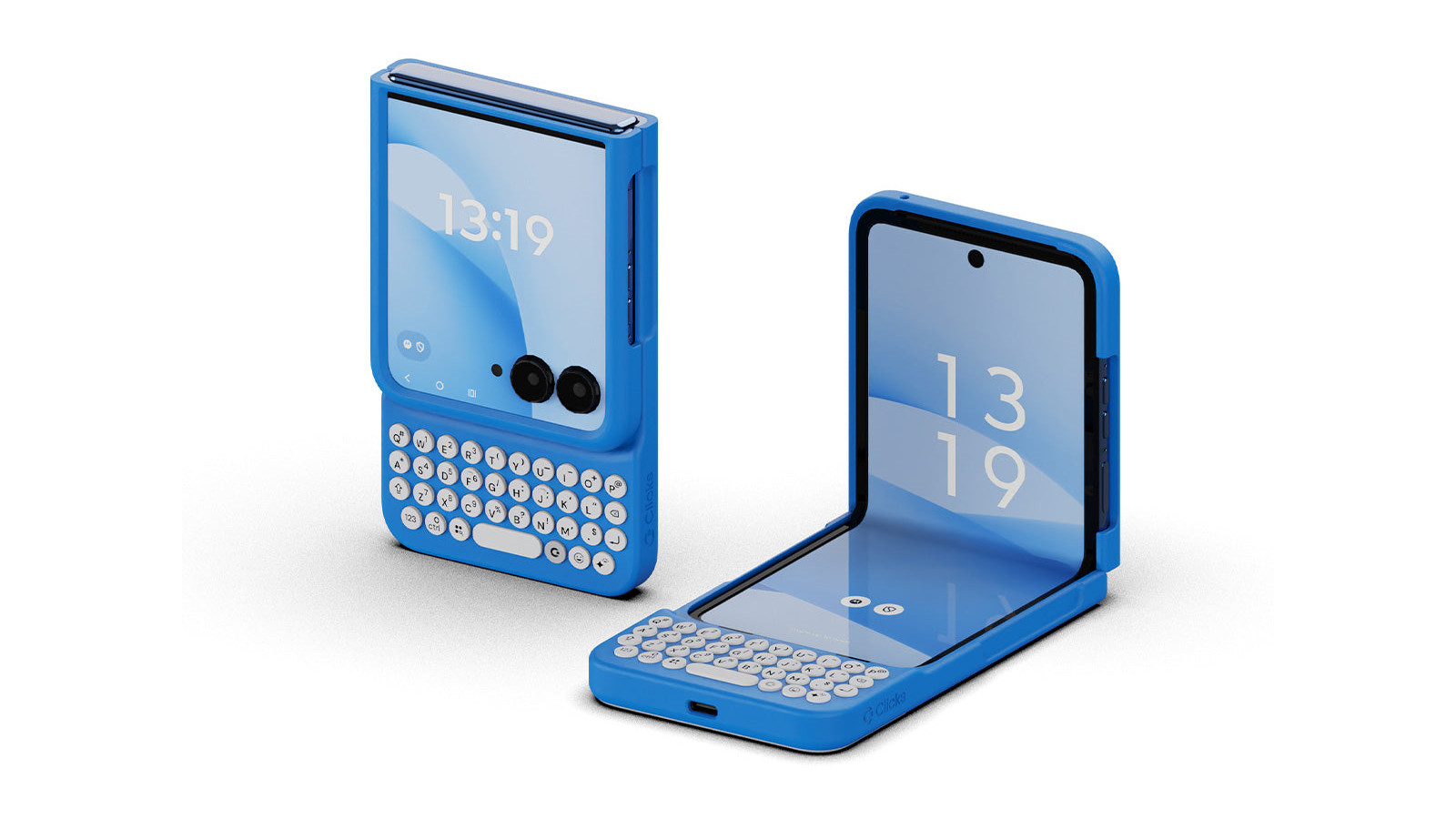 Clicks creates keyboard cases for iPhones – now they're also available for three Android flagships
Clicks creates keyboard cases for iPhones – now they're also available for three Android flagshipsSmartphones get a new lease of life with Clicks, which brings a Blackberry-style keyboard to today’s cutting-edge Apple and Android devices
By Jonathan Bell
-
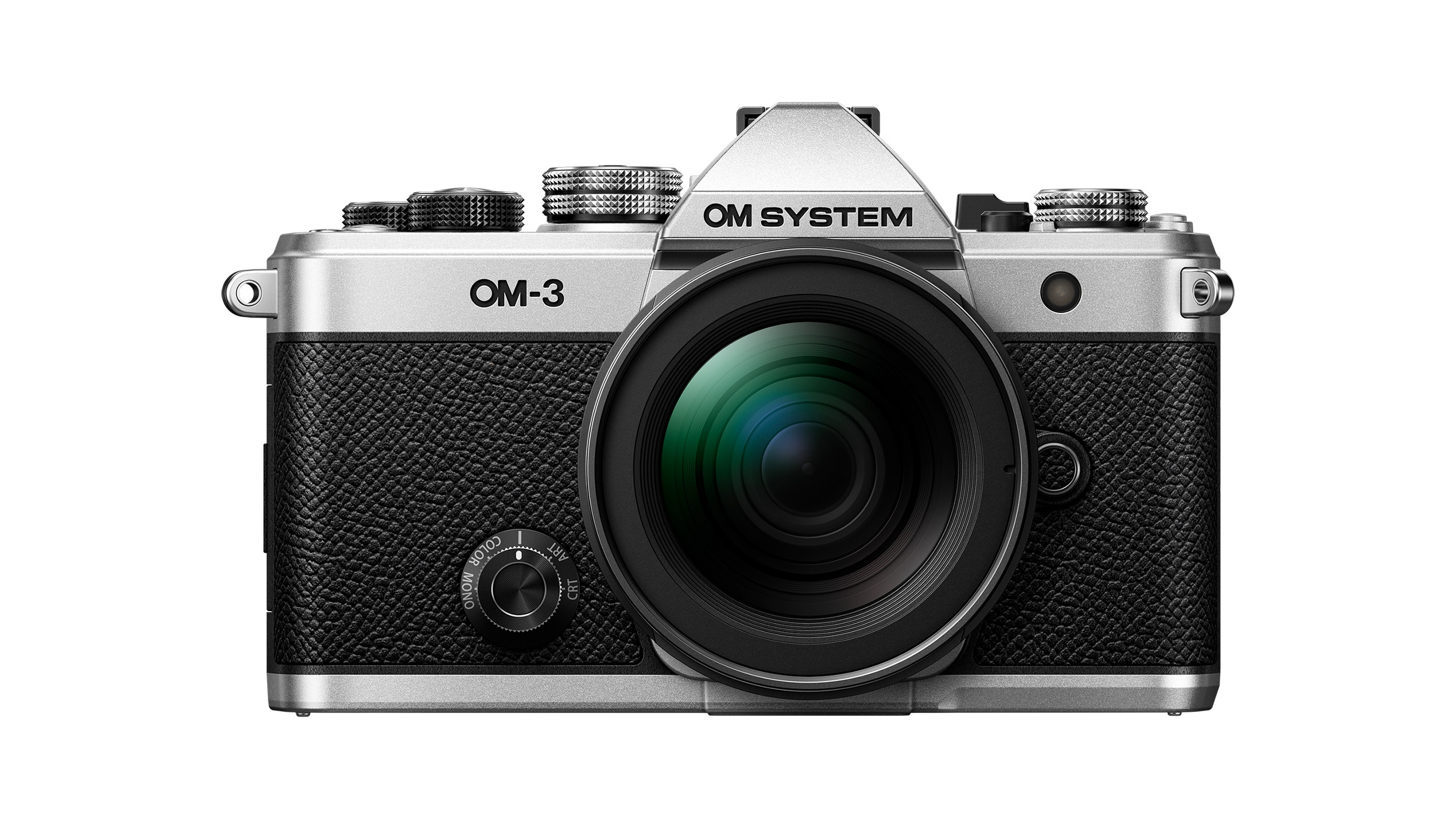 The OM System OM-3 camera blends heritage design with cutting-edge technology
The OM System OM-3 camera blends heritage design with cutting-edge technologyThe OM-3 from OM System is the newest must-have mirrorless camera design, classically styled and comprehensively equipped to create the ultimate contemporary digital camera
By Jonathan Bell
-
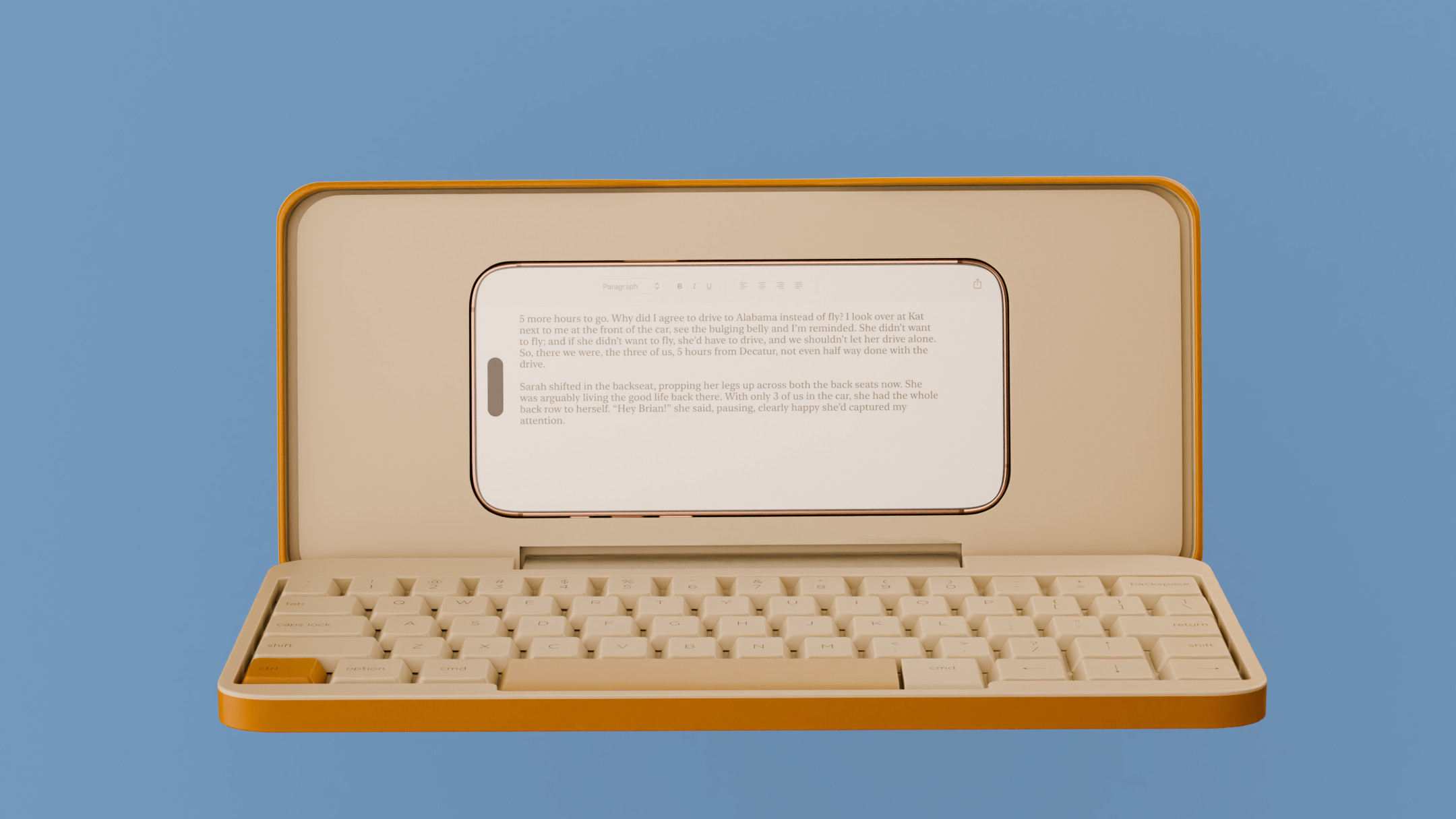 Type without the tyranny of distractions: eight new ways to get the words out
Type without the tyranny of distractions: eight new ways to get the words outLooking for a way to divert you from doom-scrolling? This selection of eight distraction-free typing devices will keep you offline and away from the socials to help you meet that deadline
By Jonathan Bell
-
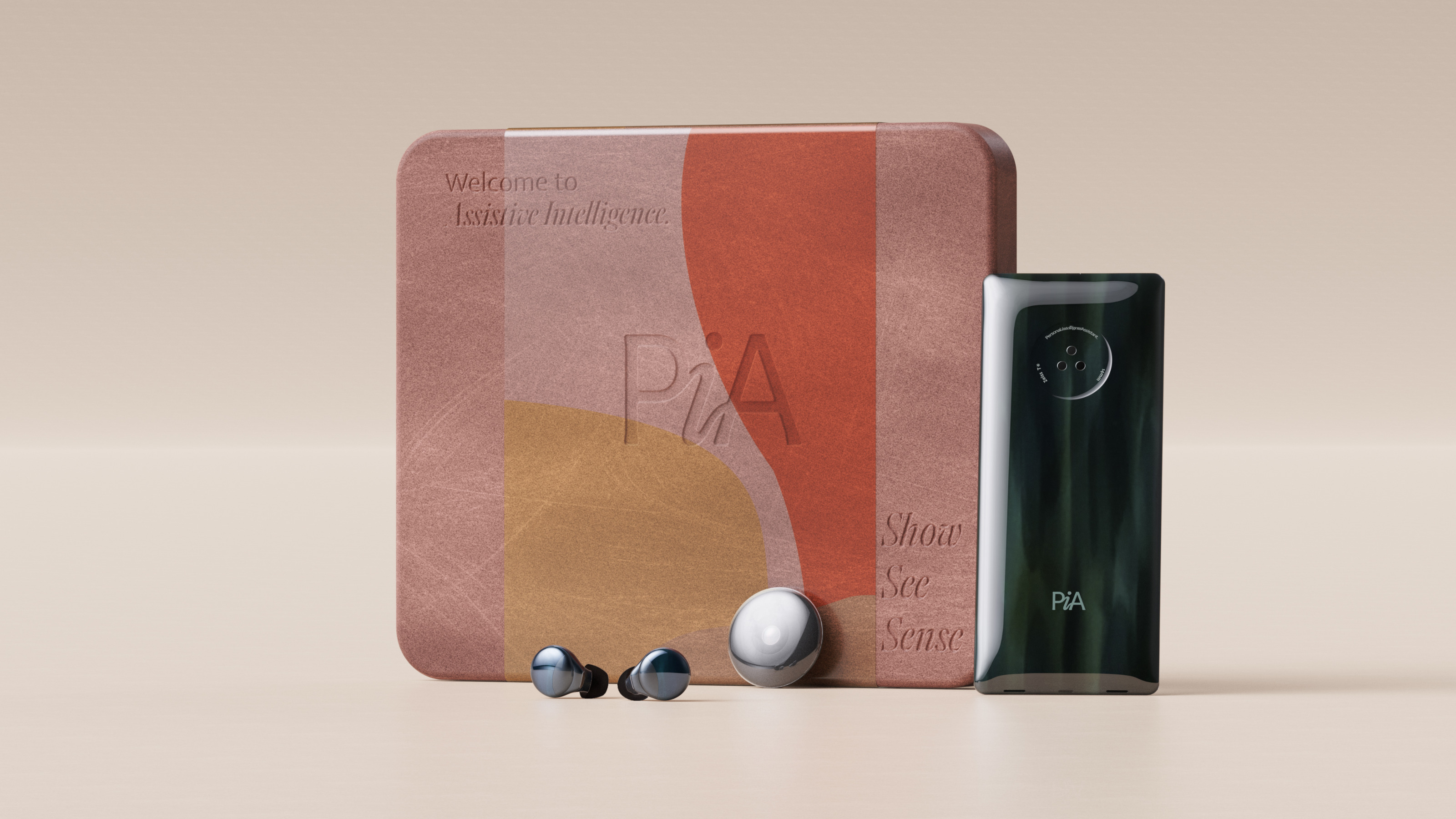 Layer conceptualises a next-gen AI-powered device: introducing the PiA
Layer conceptualises a next-gen AI-powered device: introducing the PiAPiA, the Personal Intelligent Assistant, is a conceptual vision of how AI might evolve to dovetail with familiar devices and form factors
By Jonathan Bell
-
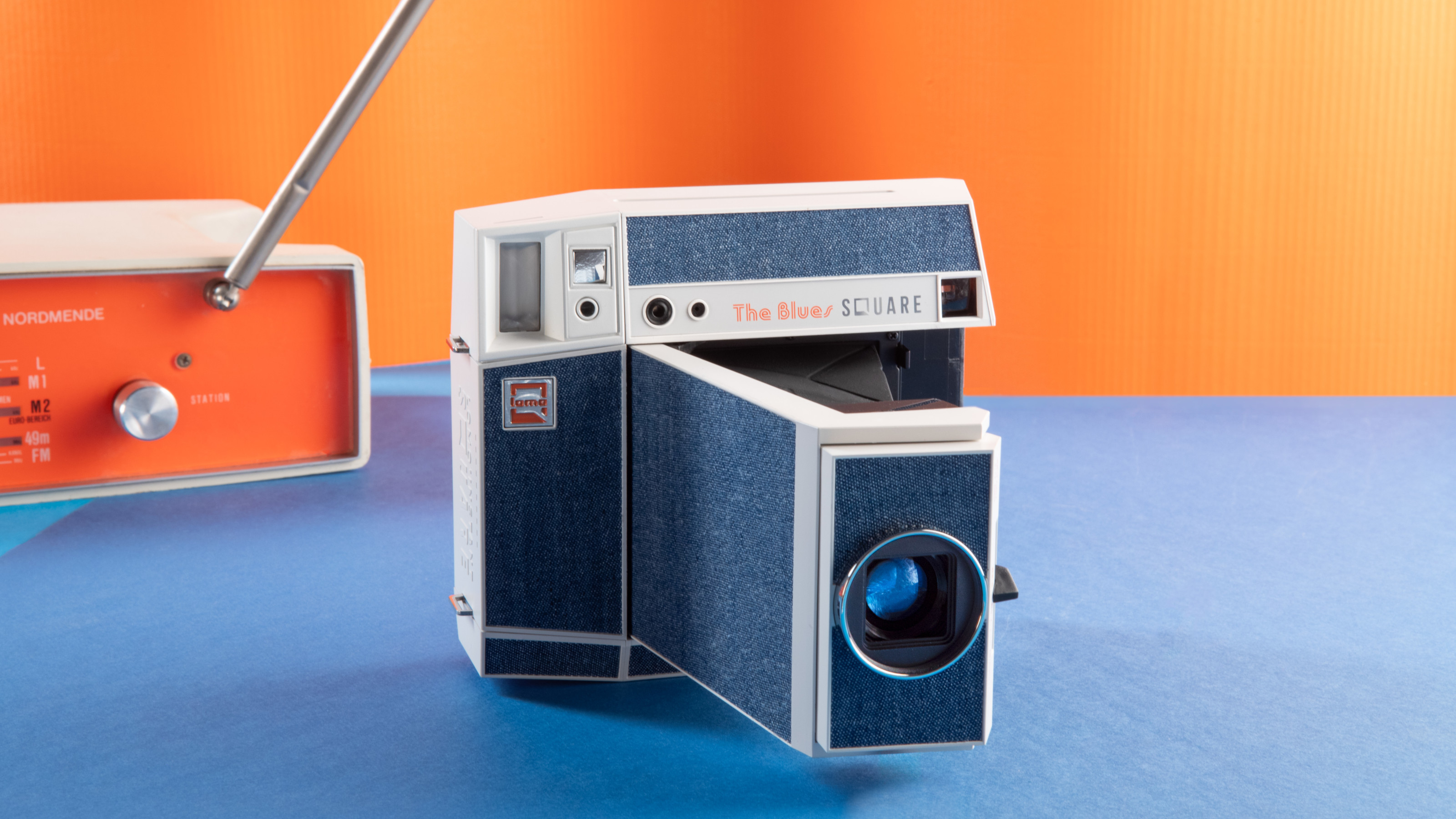 Point, shoot and process with Lomography’s two new colourful Instax camera editions
Point, shoot and process with Lomography’s two new colourful Instax camera editionsWith the Pemberley and The Blues editions, the Lomo’Instant Square Glass camera provides stylish and pocketable analogue photography
By Jonathan Bell
-
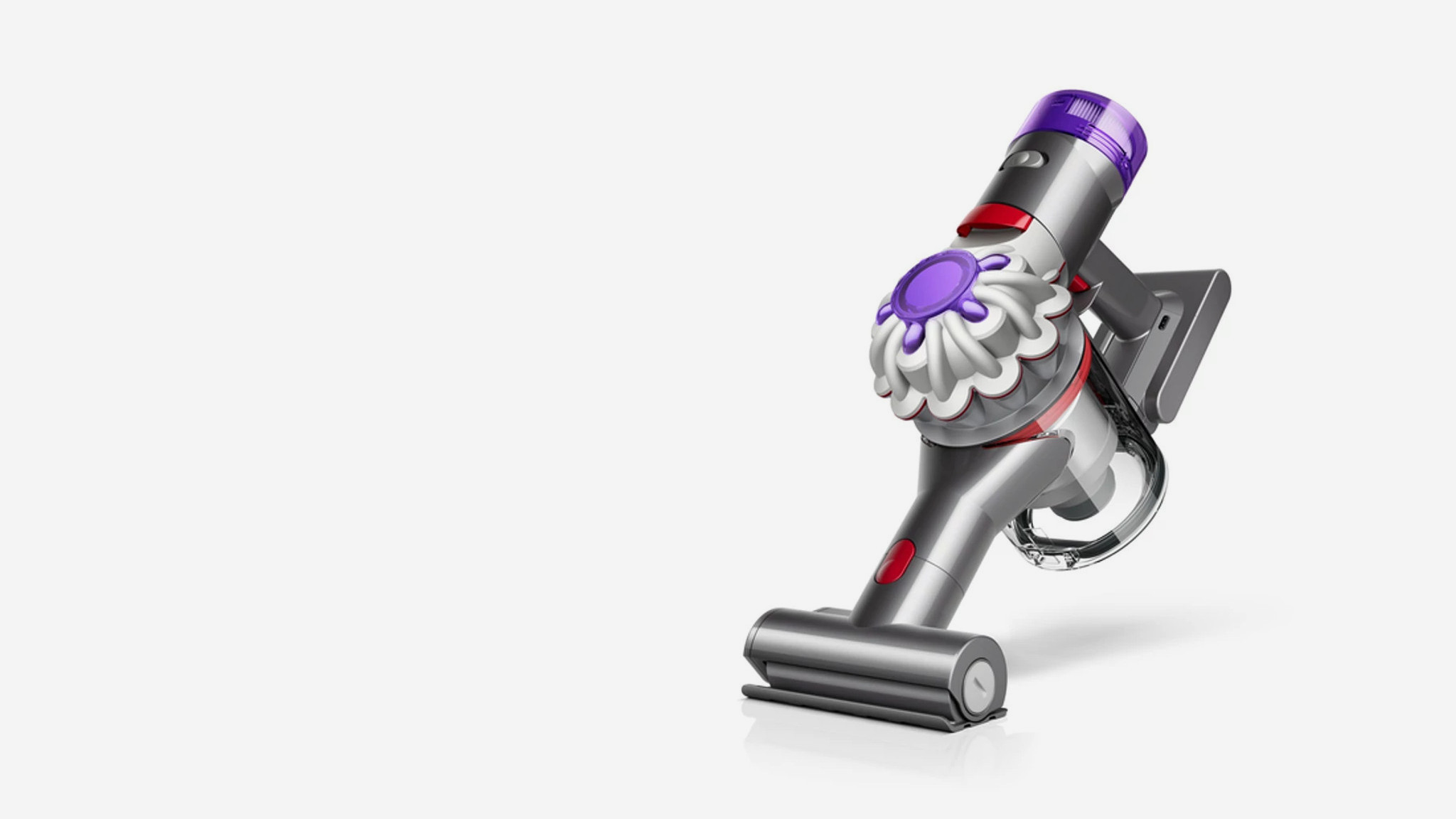 We put the new ultra-compact Dyson Car+Boat handheld vacuum through its paces
We put the new ultra-compact Dyson Car+Boat handheld vacuum through its pacesA cordless handheld vacuum pitched at a plethora of tasks, Dyson has tasked the new Car+Boat with far-reaching functionality without compromising performance
By Jonathan Bell